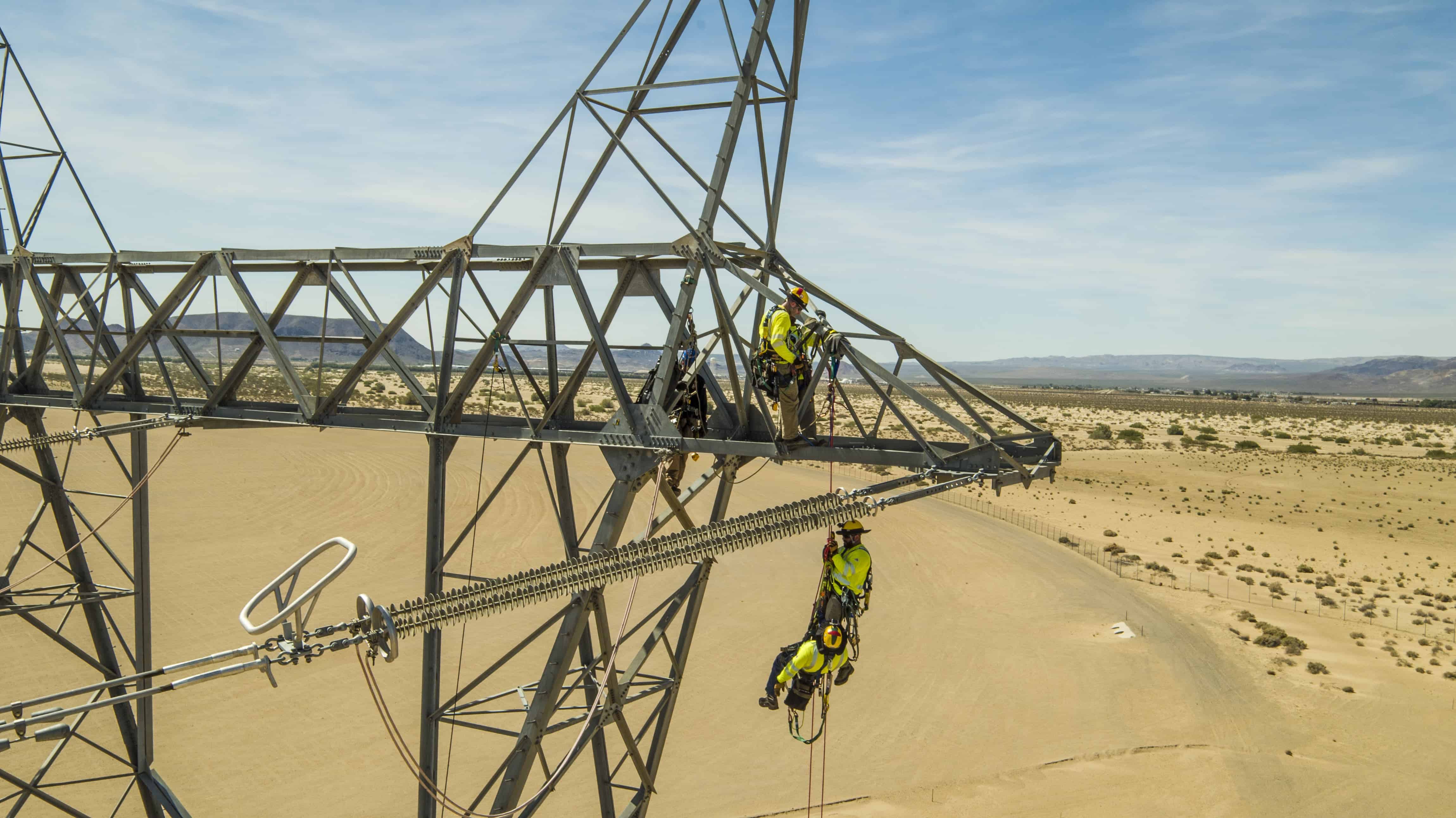
01 May Tower Climbing Safety
“Recently an injured tower worker was rescued from a 130ft monopole near San Antonio after sustaining a broken arm on or near the crow’s nest. Firefighters were able to rescue the worker to the ground with, what appear to be, non-life threatening injuries. The recent fury of at-height rescue has prompted many to question, “why do tower climbers need to be trained in safe climbing practices and rescue if Firefighters are always at the ready?” Below we respond to this simple question:
Safety One provides education for workers in the telecommunications and many associated industries, our material and instructors are widely regarded as the best in the industry! From our experience, proper fall protection safety and rescue training is imperative to a safe working environment.
1.“If the crew was trained in rescue, why call 911?” As a professional training organization we believe the first step in any successful rescue is to notify 911 (or appropriate emergency responders) that a rescue is underway and that medical assistance will be required when the patient is on the ground. Regardless of the severity of the issue at hand (fatigue, dehydration, injury, etc.), if an individual is unable to make their way to the ground on their own they must be evaluated by a medical professional before getting back to work. Generally, relying solely on first responders as a rescue plan is not a viable option because many of the small or rural fire departments may not have access to the equipment or training required to quickly and safely get the patient to the ground.
2.“…why is the rescue performed by first responders?” Generally, if a tower crew is working to conduct a rescue there is no time to stand back and take photos or video. As such, there is nothing to share with media outlet or post online. Additionally, news crews often survey emergency communications for potential stories. If first responders are on-site only to provide medical assistance from the ground the news crew may not arrive for anything “news worthy”. We find that first responders are only involved in the actual tower rescue component when something has gone catastrophically wrong. This could be caused by a lack of equipment, training or some unforeseen event.
3. Rescue skills are “perishable,” without regular and dedicated practice the ability to rely on one’s skills can quickly evaporate. The stress of conducting an actual rescue may have many negative effects on a rescuer’s ability to think clearly, make sound decisions, and operate equipment properly. Training organizations can provide the basic knowledge required to create a rescue plan and perform a rescue, however the ability to refine muscle memory and the proficiency to perform under stress can only be developed through regular practice time set aside by the employer.
4. Finally, many “near misses” go unreported for a variety of reasons, especially for smaller or privately held organizations. Some companies and their employees are afraid of negative consequences of making a public announcement that one of their workers was “grazed” while conducting work. We find most crews make the choice to keep this information internal and learn from their experience, often sharing anecdotal evidence amongst their peers and with their training partners.
Whatever the reason, safety is our first priority. We’re committed to providing tower climbers the skills they need to accomplish their challenging work and return home safely when the job is done. Contact us to learn how we can keep your professionals safe at-height.
Stay Safe,
-Ty


No Comments